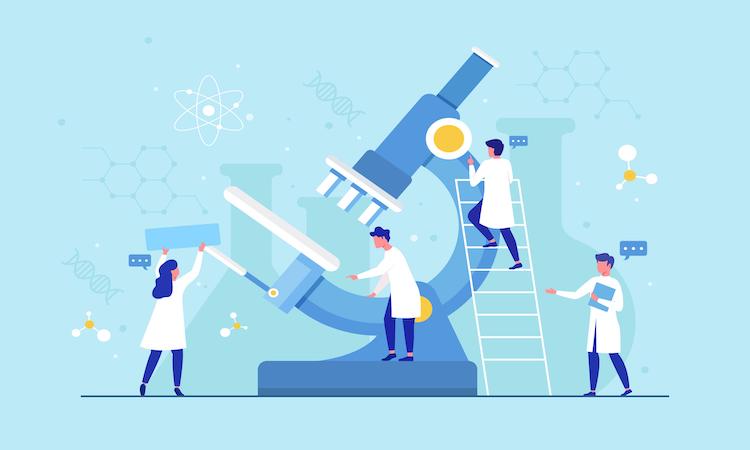Impact of the first wave of COVID-19 on Crohn’s disease after the end of “zero-COVID” policy in China
Ehsan2023-08-10T06:17:18+00:00Impact of the first wave of COVID-19 on Crohn’s disease after the end of “zero-COVID” policy in China Abstract The incidence and severity of coronavirus disease 2019 (COVID-19) among Crohn’s disease (CD) patients are unknown in China. This study aimed to clarify the clinical courses and outcomes of CD patients in the first COVID-19 wave after the end of “zero-COVID” policy in China. Access link to full article





